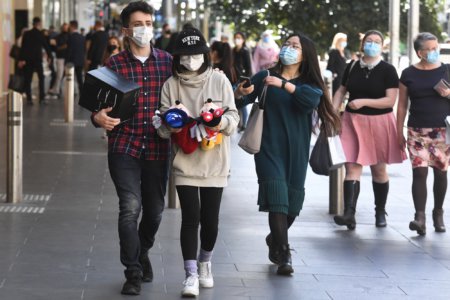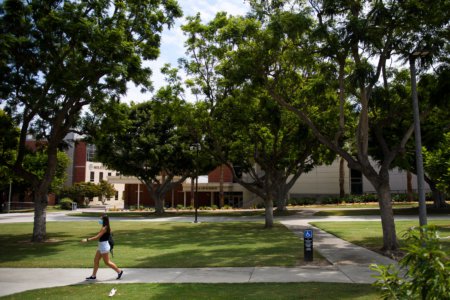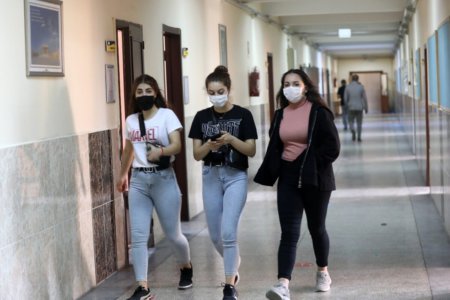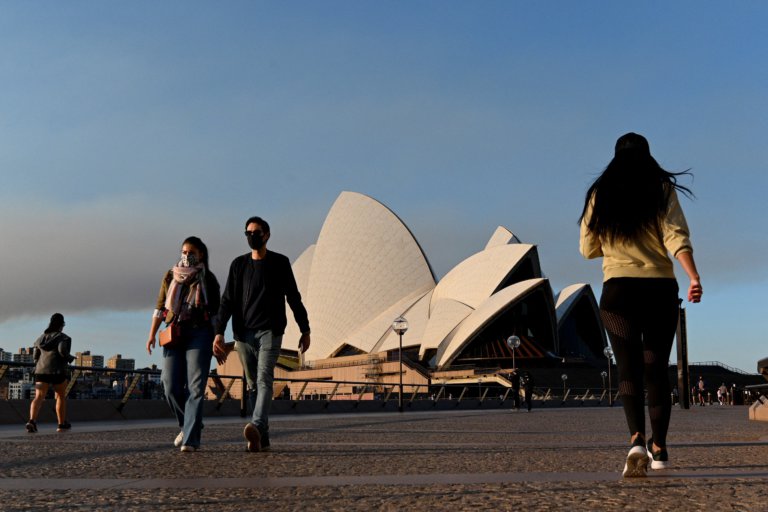
Every year, thousands of students enrol at various universities in the Land Down Under, and it’s no wonder why. Opportunities are aplenty in Australia for international students, from academic offerings to post-graduation work options.
As a testament to its popularity, there were still over half a million international students on student visas for YTD December 2021 despite a pandemic.
For those looking to study in the country, it’s worth noting that some Australian universities offer students multiple intakes to choose from.
Deciding which would be the “best” intake would vary from student to student, as factors such as the availability of your programme and when you wish to graduate would need to be taken into consideration.
So, when making the big move to Australia as an international student, is it important to consider which intake to opt for and which university intake to avoid? Let’s explore:
Understanding intakes in Australia for international students
Australian universities typically have two academic terms: the February intake (or in some cases, March) and the July intake (or in some cases, it starts a bit later in August). The February intake is often considered the primary intake for many institutions.
Some institutions may offer an additional intake that begins in November (or it may start later in December), just as Australia enters its summer season.
For intakes at vocational, education and training (VET) colleges, there can be as many as four to eight intakes, although it varies by institution. At colleges which offer four VET intakes, the academic term may begin in February, April, July or September.
For English courses including intensive English courses and pathway programmes, various institutions in Australia have an intake of students on a weekly or monthly basis.
With that being said, is there a specific intake that international students should avoid?
The November term may be an unpopular intake for some
Believe it or not, the November intake may be considered an “undesirable” intake for some international students in Australia, and there are many reasons to justify this view.
November begins in the summer season
Most students who have already enrolled in the February or July intake are either wrapping up their examinations or making plans for the long holiday that awaits till the next academic term which begins in either February or March. This is of course, with the exception for students who opt to enrol in the summer semester.
Starting the first semester in the summer season may be limiting to international students, which will be explained below.
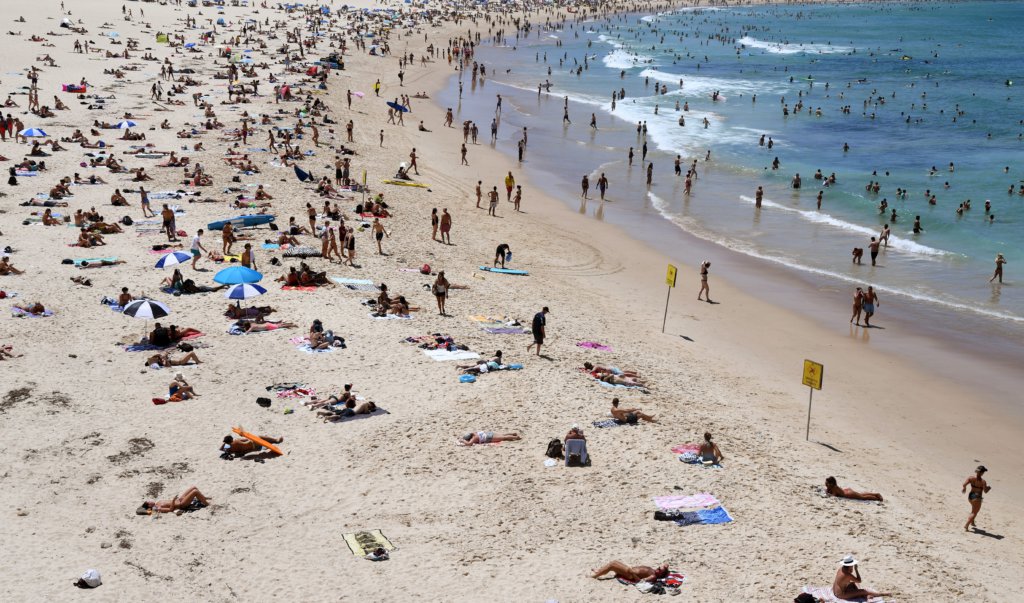
International students in Australia who begin their enrolment in November may miss out on the long holidays during the summer season. Source: William West/AFP
A less lively campus
At various Australian universities, campuses are busy between late February to June, and from July to early November as two of the major academic terms are typically conducted during this period. During the summer season, which lasts between November and February, there may be fewer students and staff on university campus grounds (with the exception of a few academicians and summer school attendants).
As such, students could expect a less lively orientation session than the February or July intake. Introduction to clubs and organisations as well as other on and off-campus opportunities will also be limited as most students and staff may be preparing for the summer holidays. Academic choices may be limited for international students too.
Limited timetables
As most lecturers and academicians take time off during the summer season, the classes available for international students will be limited. Many courses which are offered during this time period will have limited schedule variations which offer a lack of flexibility for students, particularly when choosing which lectures or tutorials they would like to join.
Miss out on unlimited work hours during the summer
As a way to supplement their income, many international students who do not return to their home country or go abroad for vacation during the holidays will opt to take advantage of part-time work opportunities during the summer.
With Australia temporarily relaxing the working hours of international students in Australia (which could extend until June), students have more hours to participate in part-time work to earn additional income.
On a Subclass 500 student visa, students can temporarily work unlimited hours in any sector, according to the Australian Department of Home Affairs. Plenty of jobs are offered in the hospitality and events sector during the summer season. This may be a challenge for students enrolled in the November intake as it is not only their first semester, but their busy schedule may also prevent them from participating in part-time work.

International students who enrol for the November intake may miss out on plenty of work opportunities available during the summer. Source: Roy Rochlin/AFP
Is there a ‘best’ intake for international students?
Ultimately, there’s no hard and fast rule on which is the best intake for students as it would depend on what students are looking for.
Students may decide to take time off in the November or summer semester, which could mean a less lively campus for new enrollees.
Those who enjoy the hustle and bustle of campus life may prefer the February intake, where universities may be offering the most number of courses for the year.
Students who are gunning for a particular intake should prepare in advance to ensure they make it for their desired intake.








